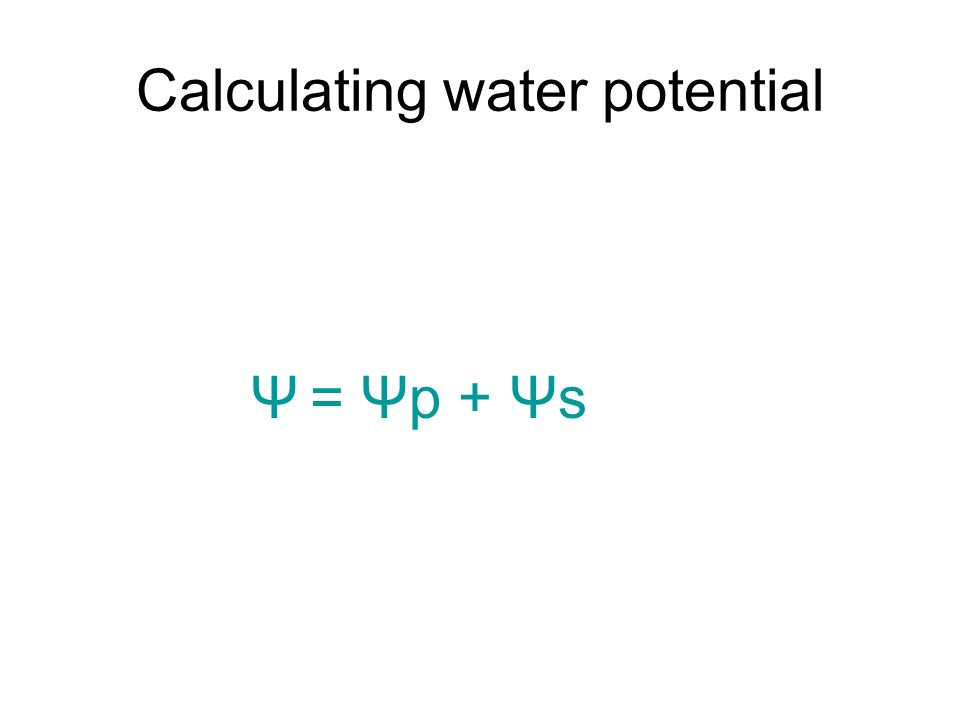Micelles - Stable ball-like structures in the water, hydrophilic tails project inwards away from the water
Fluid mosaic model
- Fluid - Phospholipids move sideways
- Mosaic - Pattern produced by the scattered protein molecules
Fluidity depends on:
- Unsaturated ↑, fluid ↑
- Longer the tail, fluid ↓
- Temperature ↓, fluid ↓
- When temperature decreases, cholesterol intercalates between phospholipid and prevents them from moving around
Ion transportation
- Unable to pass through the hydrophobic core of the phospholipid bilayer.
- Lined with amino acids with hydrophilic R group
Aquaporin
- Water is polar, so it is unable to pass through the hydrophobic part of the phospholipid tail.
- Channel proteins are hydrophilic
- Aqauporins increase permeability of membrane to water
Roles of the components of cell membrane
Phospholipids
- Forms a barrier to charged particles
- Can modify chemically to act as signalling molecules
- Activate other enzymes
Cholesterol
- When temperature is too low, it prevents from becoming too rigid
- Prevents close-packing of the tails
- The hydrophobic region of cholesterol prevents myelin sheath leaking of ions through the membrane
Glycolipids, glycoproteins and proteins
- Cell to cell recognition + have own set of glycoprotein on the cell surfaces
- Recognition sites:
- Acts as receptor molecules
- Receptor - specific shape which allows them to bind to other molecules with complementary shapes
Cell signalling
- Getting message from one place to another
- Hormones as chemical messenger circulates in the blood and bind to specific target cells with correct receptor sites
- Cell adhesion - firmly attach to adjacent cells to one another
- Cells have receptors that bind to signalling molecule and initiate physiological response
- Regulatory sequence - a segment of DNA that is capable of controlling the expression (production) of specific genes
Steroids - thyroid hormones, testosterone, oestrogen and progesterone
- Hormones bind to receptor molecules inside target cells. Easily pass through the phospholipid bilayer since they are lipid soluble
- Hormone binds to receptor, carries hormone into nucleus
- Attaches to a specific gene
- Genes carry instructions for the manufacture of specific polypeptide chain
- Hormone-receptor complex attaches to DNA and alters the protein
Adrenaline, glucagon and insulin
- Signal-transduction mechanism
- Signalling molecule attaches to the receptor protein
- 2nd messenger transmit signal and change takes place
- Hormone-receptor complex activates a protein in the membrane
- G-protein acts as a relay between the complex and the enzyme
- Adenyl cyclase catalyse ATP to cAMP (2nd messenger)
- Chain reaction ends when enzyme catalyses the breakdown of glycogen to glucose phosphate.
Movement of substances into and out of cells
Diffusion
- The net movement of molecules from high to low concentration down a gradient, as a result of the random movements of the particle
- Depends on:
- Steepness of concentration gradient
- Temperature ↑ KE ↑ random movement ↑
- Surface area ↑ Faster
- Size and nature of the diffusing molecules
- ↓ smaller molecules, diffusion ↑
- Non-polar, small size
Facilitated diffusion
- Diffusion through transport proteins, the proteins provide hydrophilic areas for ions to pass through along the concentration gradient (passive)
Channel Protein
|
Carrier Protein
|
Fast transport
|
Slow
|
Pore facilitates solute transportation
|
Change in shape
|
Only allows passive
|
Active + passive
|
Cannot transport against concentration gradient
|
For active transport
|
Transport water molecules
|
Transport both water and insoluble molecules (Na+/K+ pump)
|
Osmosis
- Net movement of particles from high to lower water potential, along water potential gradient through partially permeable membrane
- Water potential - the tendency of water to move out of a solution
- Addition of solutes to pure water lowers its water potential

External solution
|
Higher (less negative)
Hypotonic solution
|
Equal
Isotonic
|
Lower (more negative)
Hypertonic solution
|
Net movement of water
|
Enters cell
|
NO change
|
Leaves cell
|
State of cell
|
Swells and burst
(Turgid)
|
No change
|
Shrink
(Plasmolysis)
|
Incipient plasmolysis - about to occur
Active transport
- Movement of molecules through transport proteins against concentration gradient energy in the form of ATP
- Carrier protein
Bulk transport
- Endocytosis - engulfing material by the cell surface membrane
- Phagocytosis (cell-eating)
- Intucking of cells to form cup-shaped depression which large bacterium is contained
- Requires ATP
- Pinocytosis (cell-drinking)
- Exocytosis - bulk movement of material out of the cell
Comments
Post a Comment